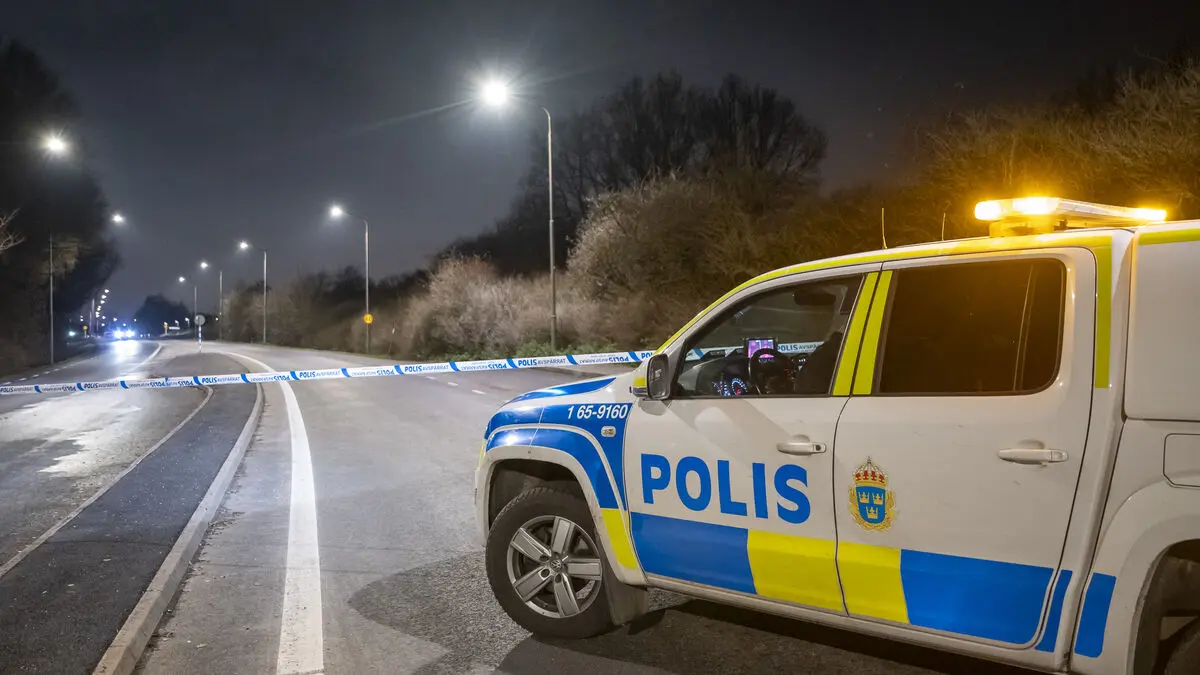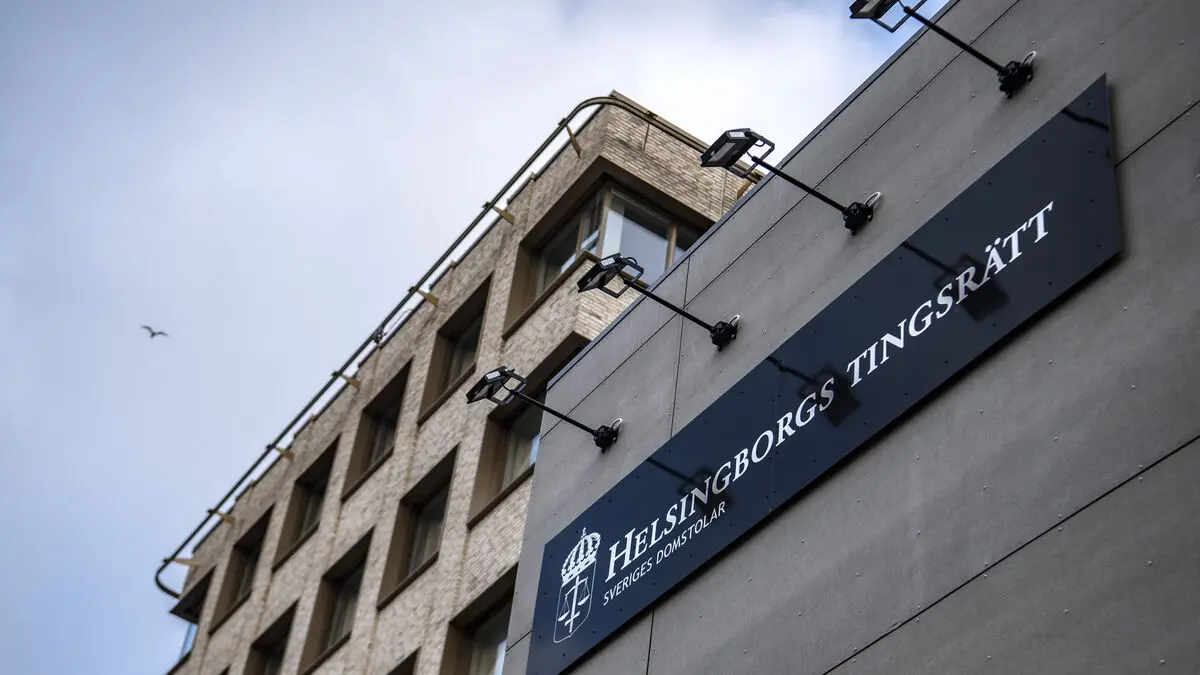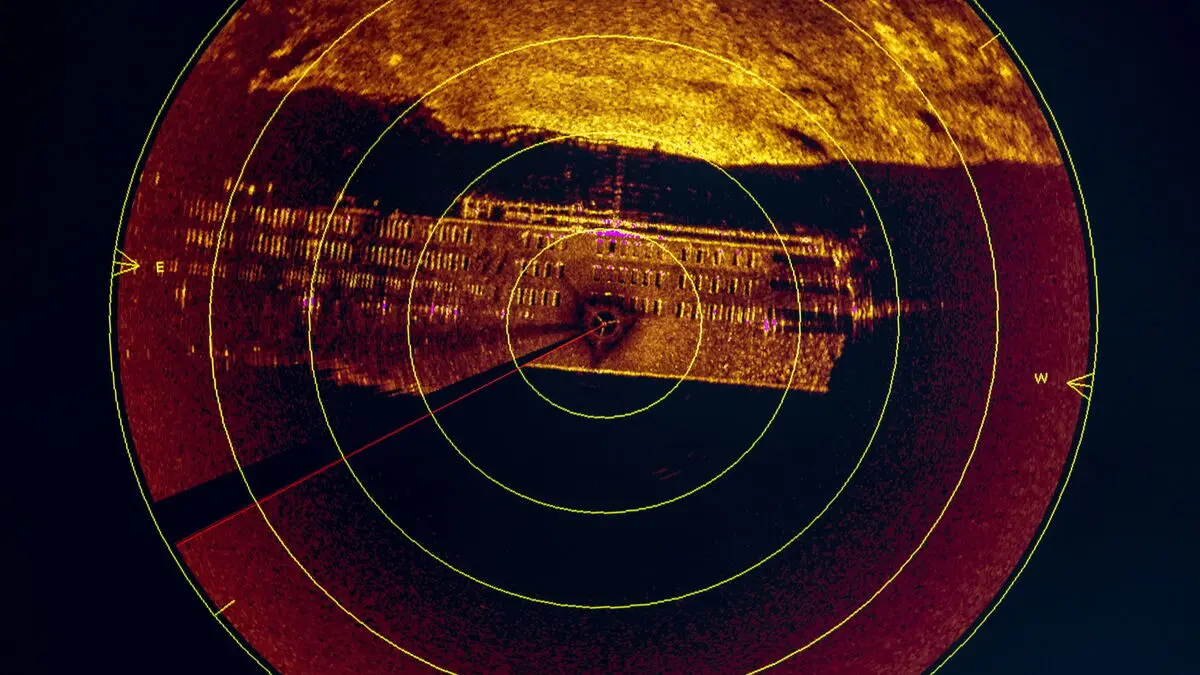In early August, a person alerts the authorities about a bag hanging on a gate in central Nynäshamn. Large parts of the town are cordoned off, shops are evacuated, and people are locked in their homes. The national bomb squad is on site – and determines that it is harmless.
It is one of many cases that the bomb squad has handled this year.
Until the end of July, they have had 259 cases with a "criminal context". These include, among other things, house searches due to suspicion of dangerous objects. In 65 cases, they have responded to so-called "post-blast" situations, where an explosion has occurred and there is a risk of further detonations. 25 of the cases have involved bomb threats and other objects intended to threaten or disrupt.
The Public Alerts
This is happening at a time when explosions are becoming more frequent. Last year, 149 explosions occurred. By the end of July this year, the figure is 66, according to the police. Between 2022 and 2023, the bomb squad's cases also increased significantly – from 311 to 510. Behind the escalation are the violent gang conflicts.
It's shootings or explosions that the networks use. So, if the conflicts increase, so do this type of crime, says Marie Borgh.
In the wake of gang violence, there are also more alerts from the public. It's often how a case begins.
The public is more vigilant, and that's good.
"Can't Risk It"
When it comes to bags and other objects found on the street, most turn out to be harmless. Marie Borgh still urges everyone to sound the alarm.
We'd rather respond once too often than have someone get hurt.
In case of suspicion, one should start by not touching the object – and making sure no one else does either. Then it's the local police who are first on the scene to cordon off and contact the bomb squad.
Everything we can't rule out as harmless via phone and video must be responded to. There, we can't risk anyone getting hurt if we're not absolutely sure.
Pressure Wave Decides
When the police cordon off, society comes to a standstill for a while, which they are well aware of.
Of course, we try to work as efficiently as possible so that the social disruption is as short as possible – but never at the expense of safety.
Based on the object, an assessment is made of how large the potential detonation could be, and predetermined risk distances determine how large an area is cordoned off.
They can sometimes seem quite large, but the pressure waves and damage from such a bomb can be quite significant, says Marie Borgh.
Corrected: In an earlier version of the text, Marie Borgh's first name was incorrect.
2023: 510 cases (including 60 HOAX and 138 explosions)
2022: 311 cases (including 38 HOAX and 85 explosions)
2021: 313 cases (including 49 HOAX and 88 explosions)
2020: 392 cases (including 56 HOAX and 98 explosions)
2019: 387 cases (including 39 HOAX and 139 explosions)
HOAX: "A harmless object that is intentionally designed to resemble a dangerous object, with the purpose of disrupting, threatening, or otherwise influencing."
The number of cases is not equal to the number of objects, for example, there may have been multiple hand grenades in one case.
Source: National Bomb Squad
2023: 149 detonations, 62 attempts, 140 preparations. Total 351.
2022: 90 detonations, 33 attempts, 68 preparations. Total 191.
2021: 79 detonations, 10 attempts, 69 preparations. Total 158.
2020: 107 detonations, 13 attempts, 89 preparations. Total 209.
2019: 133 detonations, 27 attempts, 82 preparations. Total 242.
2018: 90 detonations, 12 attempts, 52 preparations. Total 154.
The statistics refer to confirmed public endangerment (detonations), attempts at public endangerment, and preparations for public endangerment.
Source: Police
The bomb squad is a national resource within the police and is organized within the National Operational Department (Noa). Bomb technicians are specially trained and experts in handling dangerous situations.
During an operation, bomb technicians locate suspected dangerous objects and assess whether they are dangerous or not. They transport the object after ensuring that there is no risk of explosion and then disarm it. In their work, they use, among other things, bomb robots and bomb dogs.
Bomb technicians also assist forensic technicians, task forces, and other units during operational operations and provide leadership support to the commanding officer and police chief.
What is considered dangerous objects are explosive substances such as ammunition, bombs, and explosives, chemical and biological substances that can cause harm or illness, radiological and nuclear substances, as well as equipment.
Source: Police





